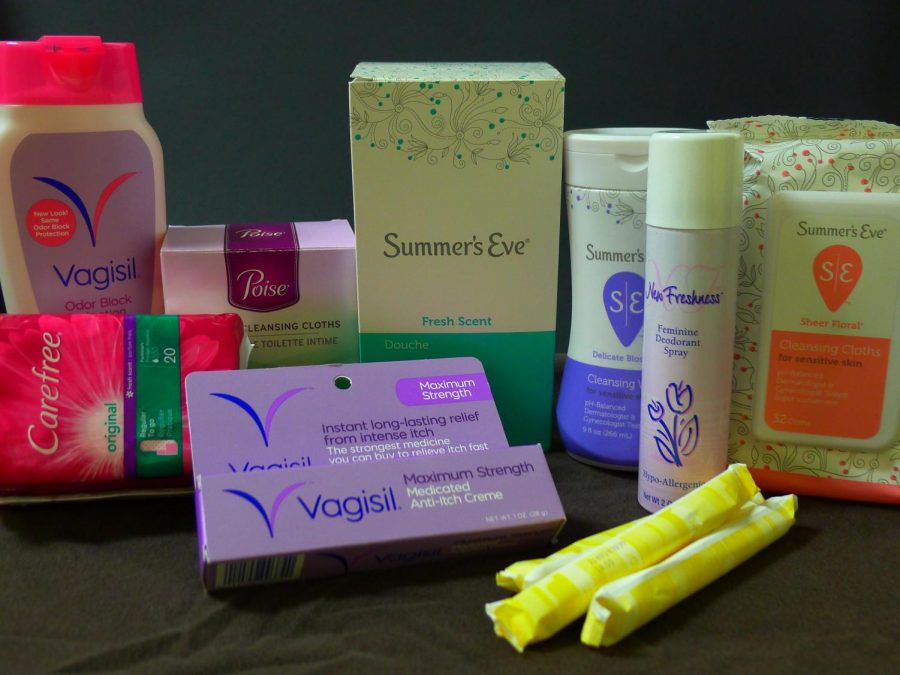Mother Nature vs Major Money: the high cost of feminine products
September 10, 2019
The last time you went into a public restroom or a bathroom at school or work, how much did you have to pay for the toilet paper you used?
Here, I’ll go ahead and answer that. You paid nothing. Toilet paper is provided free of charge in most public places. Why, then, are feminine hygiene products not provided as well?
Corporations and restaurants don’t think twice about providing toilet paper, soap, and paper towels in the restrooms at no cost, but when it comes to important products that cater primarily to women, it’s a “bring your own tampons and pads” kind of world.
Many would be surprised at the high cost of feminine products. A box of 56 Kotex pads at Walmart is $6.98. A box of 50 tampons is $9.27. The average female beings her period at age 12 and will spend approximately 6.25 years of her life on her period. That’s a lot of money spent on feminine hygiene. (For example, at current prices, a lifetime of menstrual cups would cost a woman $360.)
Feminine Hygiene is a $20 billion industry. The products are a necessity for the female half of the population of childbearing age. Why do restaurants and grocery stores and shopping malls provide everything an individual might need inside their bathrooms except feminine products? The answer is quite simple: money. (New York state alone makes about $14 million a year taxing feminine hygiene products.)
Women are at the mercy of mother nature and major corporations. A recent Twitter poll by Huffington Post discovered that 86% of the 800 pollsters believe that feminine hygiene products should be available free of charge in public restrooms, just like other items.
It only makes sense.



